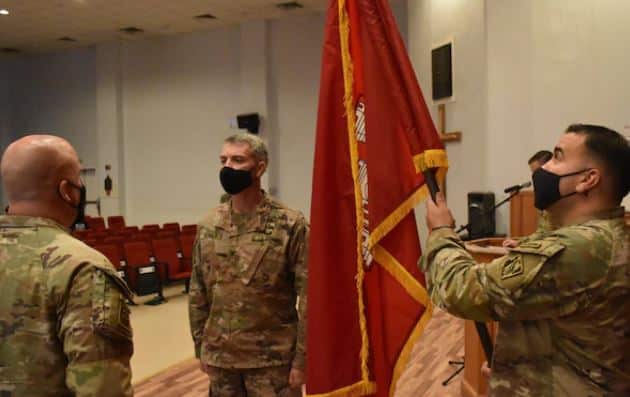Withdrawal from Afghanistan is Safe According to US Defense Officials

WASHINGTON — Defense Department officials tried to reassure sometimes skeptical members of the Senate Thursday that the ongoing U.S. military withdrawal from Afghanistan can be completed without a resurgence of terrorist threats.
President Joe Biden last month ordered the withdrawal no later than Sept. 11, 2021. He said that after 20 years of fighting, the United States was being dragged into a “forever war” unless it ended soon.
“The administration has assessed that the threat from violent extremist organizations against the United States now emanating from Afghanistan can be addressed without a persistent presence in the country,” said David Helvey, an acting assistant secretary of Defense.
He told the Senate Armed Services Committee that although U.S. troops would be out of Afghanistan, the U.S. military would retain its ability to oppose the Taliban and al-Qaida.
“We will refine our counterterrorism strategy to monitor and disrupt terrorist threats to our homeland and our interests in a way that contends with the dispersed terrorism threat landacscape that we face today,” Helvey said in his testimony.
He gave only a brief overview of the plan to contend with ongoing threats. It included coordinating efforts with the Afghan government, retaining military assets in the region and repositioning counterterrorism resources.
U.S. commanders in the Middle East are scheduled to deliver a more detailed defense plan to the secretary of Defense in early June.
They said this week that it would include overflights by U.S. military aircraft and basing of American troops in nearby countries. So far, the Defense Department has not completed international agreements for bases in other Middle Eastern countries.
Some senators at the hearing Thursday said they are concerned that when the U.S. leaves Afghanistan, the country will be overrun by the Taliban.
The Afghan military has launched numerous successful attacks against the Taliban but almost always with U.S. weapons, training and air support.
“The precipitous drawdown from Afghanistan carries many risks,” said Sen. James Inhofe, R-Okla.
“First, there is the risk of severe chaos, violence and instability in Afghanistan as the Taliban uses our withdrawal to escalate its attacks around the country and in Kabul,” Inhofe said.
He cast doubt on the effectiveness of monitoring violence in Afghanistan without U.S. troops in the country.
“Over-the-horizon counterterrorism does not work,” Inhofe said.
He also predicted bloodbath revenge against Afghan citizens who helped U.S. and coalition forces.
The U.S. military reached an agreement in February 2020 in which Taliban leaders said they would stop attacking U.S. and coalition forces.
The Defense Department officials said the agreement ended large-scale confrontations, perhaps indicating the Taliban would be less of a threat after the U.S. withdrawal.
“I do not expect the Taliban to take over Afghanistan after we leave,” Helvey said.
However, Brig. Gen. Matthew Trollinger acknowledged under questioning, “It’s clear that the Taliban’s compliance with our agreement has been uneven.”
Sen. Jeanne Shaheen, D-N.H., doubted that Afghans who acted as allied soldiers, interpreters and other support staff would be safe after the U.S. withdrawal. About 18,000 have applied for asylum in the United States.
“Those applicants and their families are in imminent danger from the Taliban,” Shaheen said.






















